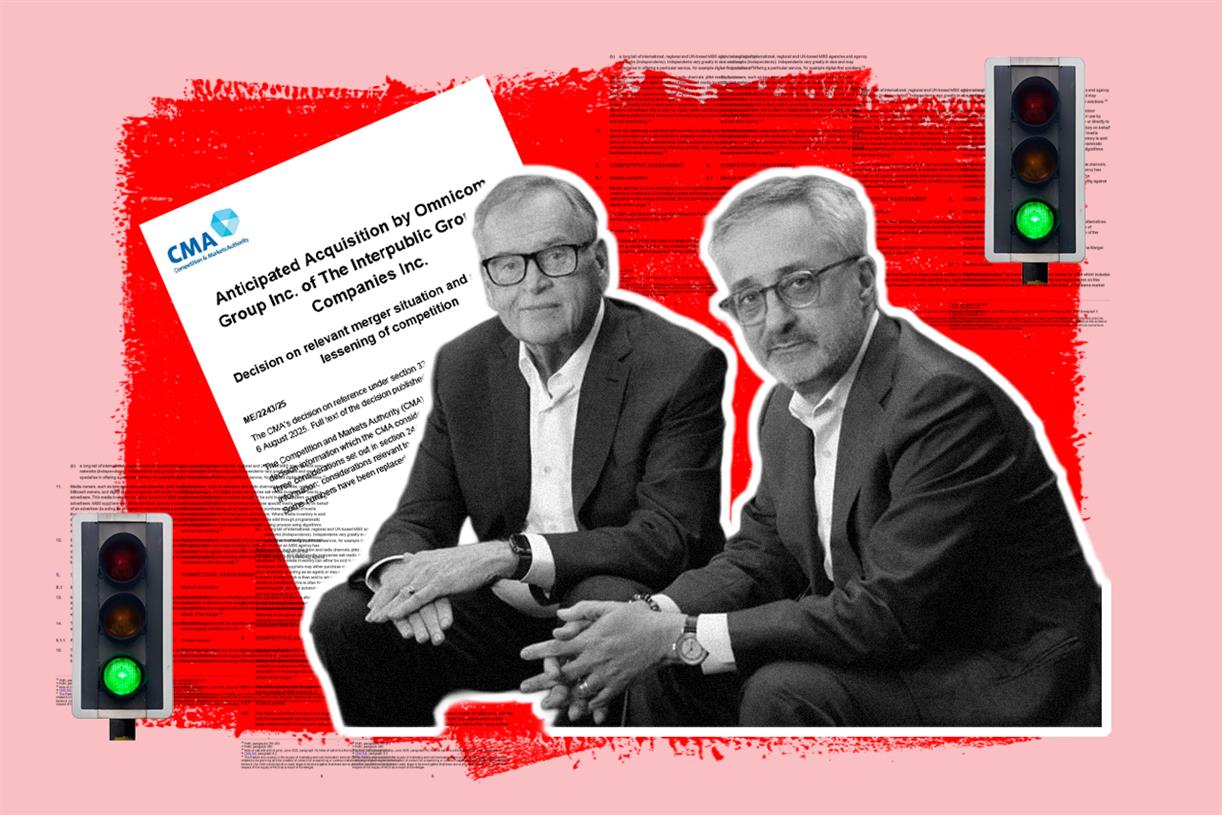YouTube’s short-form video growth by the numbers: Datacenter Weekly
Social video analytics platform Tubular is out with its H2 2022 Social Video Trends report, and one major takeaway is that short-form video is continuing to explode on YouTube.

Welcome to Ad Age Datacenter Weekly, our data-obsessed newsletter for marketing and media professionals.
Short-form YouTube content continues to see major growth
Social video analytics platform Tubular is out with its H2 2022 Social Video Trends report, and one major takeaway is that short-form video is continuing to explode on YouTube.
Call it the TikTok Effect. Google/Alphabet-owned YouTube has been trying to fend off the Chinese viral-video platform by putting a lot of emphasis on cultivating creators who post short-form content—defined as videos that run less than a minute—while also giving such content more real estate and prominence. A few key stats, per Tubular:
• Short-form YouTube videos saw their total overall viewership rise 135% in Q2 2022 vs. Q2 2021.
• Short-form content on YouTube is driven primarily by creators, with 95% of it coming from individuals (as opposed to media companies and other video publishers).
• Short-form videos accounted for 57% of all YouTube video views in Q2 2022 vs. just 21% in Q2 2021.
How Apple’s data policies are making life difficult for TikTok
In a piece headlined “TikTok advertiser says Apple data rules make sales harder to track,” Ad Age’s Garett Sloane relates the experience of a marketing consultant, August Noble, who ran a July test on TikTok for a consumer health packaged goods client.
“On TikTok, it was massive,” Noble said of the leap in revenue—but unfortunately he couldn’t draw a clear line between the TikTok activation and that sales increase.
As Sloane explains, “Apple’s anti-data policies made it so apps cannot track a consumer from an ad view to a sale. Once a consumer leaves an app like TikTok to make a purchase, the ‘conversion’ is undetectable, unless the consumer allowed the app to track them. That is part of Apple’s App Tracking Transparency rules, which took effect last year. The loss of ‘signal’ on Apple software—iOS—wreaked havoc on marketers’ measurement schemes.”
“Attribution isn’t perfect from any of these platforms, Noble told Sloane, “but the gap that we’re seeing with TikTok is bigger than any other.”
Essential context: “These kinks in the ad machinery are affecting TikTok, Meta and everyone else, according to ad tech specialists,” Sloane adds. “And all platforms are coming up with their own models to measure ads based on the limited data that Apple now shares through SKAdNetwork, which reports broad performance metrics from ad campaigns.”
See also: “How Meta is combatting Apple data limits with ad targeting automation and AI,” also from Ad Age’s Sloane.
U.S. ad business employment hits an all-time high
Ad Age’s Bradley Johnson reports that ad agency employment has reached an all-time high, per the latest monthly U.S. government employment data.
Essential context: “U.S. employment in the Bureau of Labor Statistics (BLS) classification of advertising, public relations and related services came in at 489,400 jobs in July based on figures that are not seasonally adjusted,” Johnson notes. “The gain of 4,700 ad jobs in July followed an increase of 7,100 jobs in June. BLS downwardly revised the June figure from a preliminary gain of 7,300 jobs it reported a month ago.”
Keep reading for Johnson’s drill-downs by BLS classifications.
The newsletter is brought to you by Ad Age Datacenter, the industry’s most authoritative source of competitive intel and home to the Ad Age Leading National Advertisers, the Ad Age Agency Report: World’s Biggest Agency Companies and other exclusive data-driven reports. Access or subscribe to Ad Age Datacenter at AdAge.com/Datacenter.
Ad Age Datacenter is Kevin Brown, Bradley Johnson and Joy R. Lee.
This week’s newsletter was compiled and written by Simon Dumenco.

 Tekef
Tekef 








.jpg&h=630&w=1200&q=100&v=2a8ddfbc4a&c=1)






















